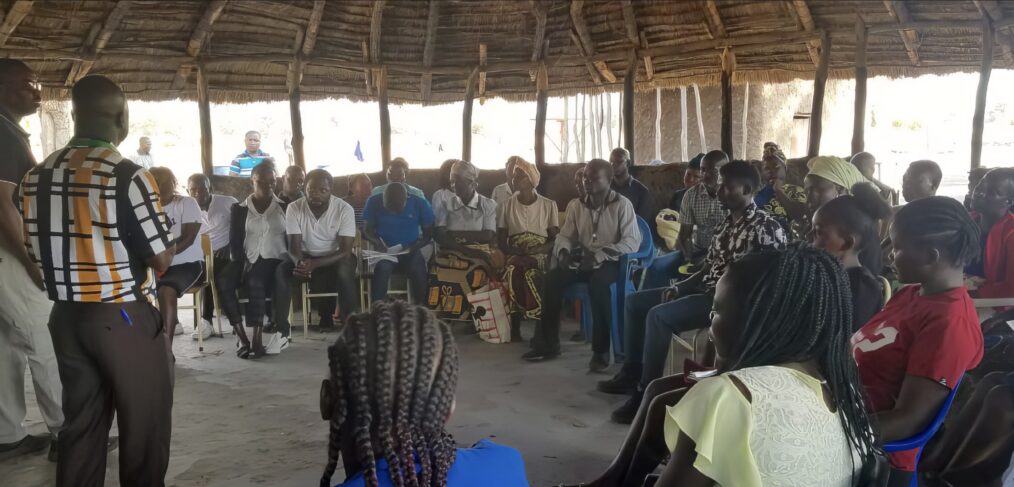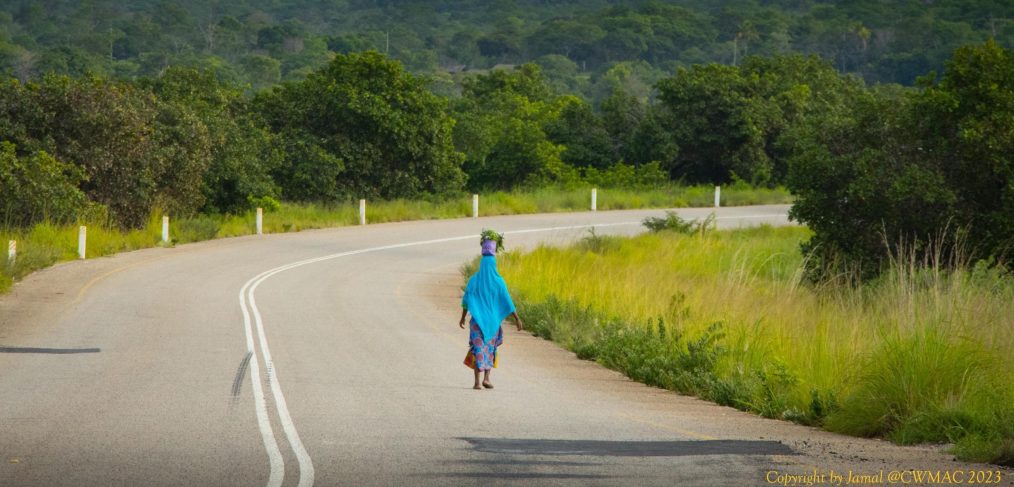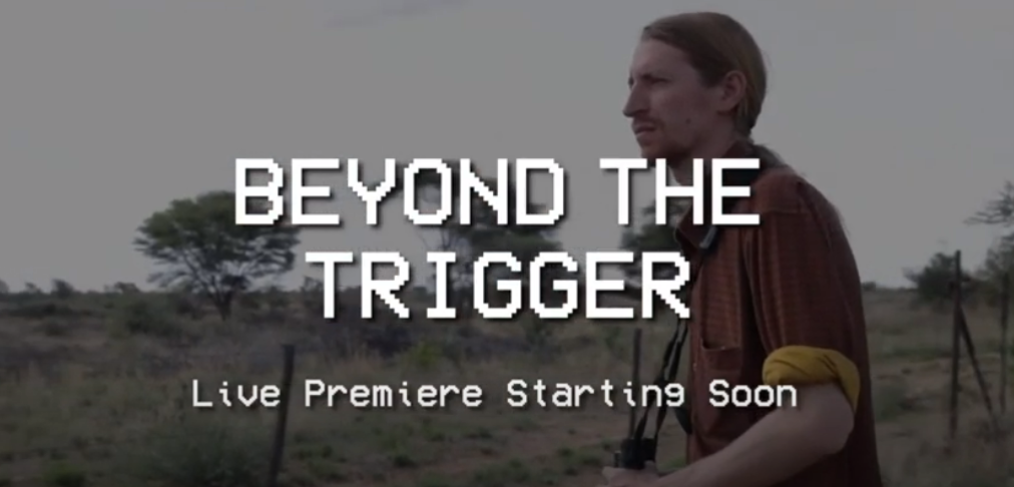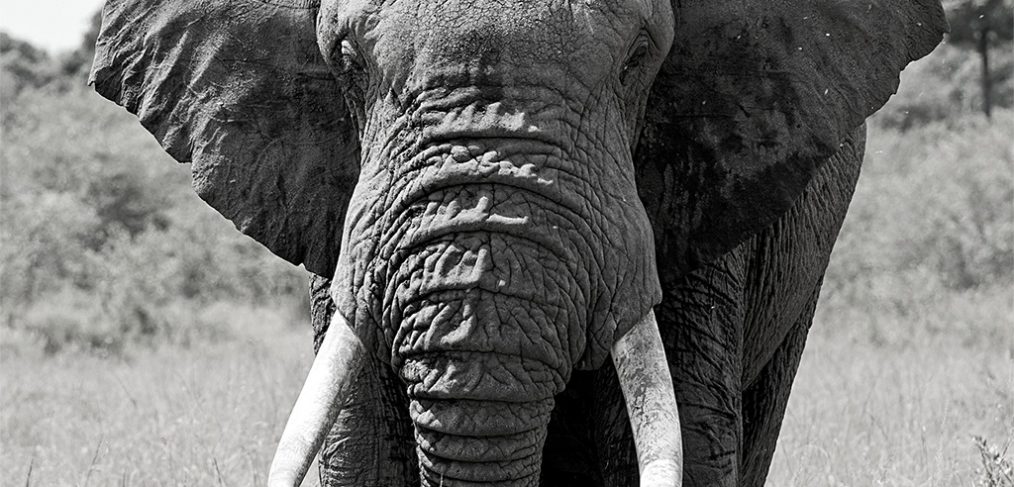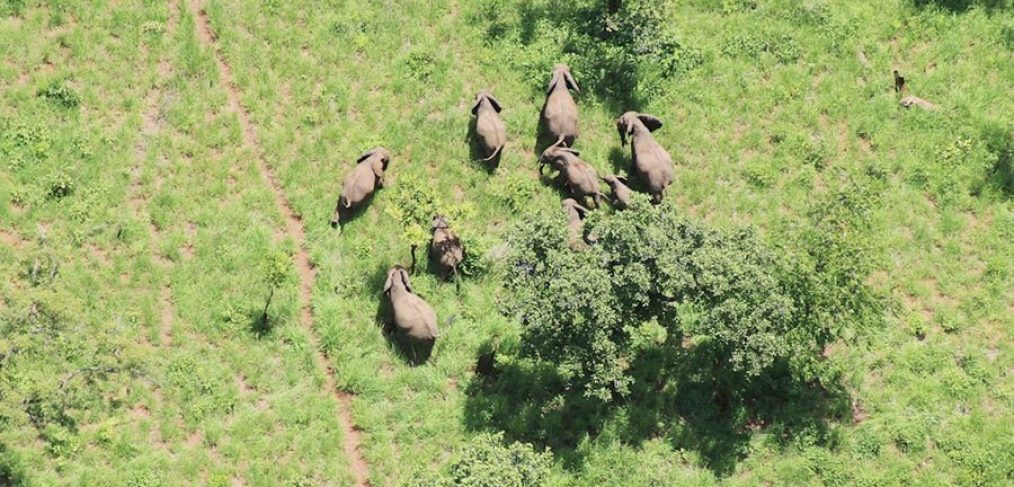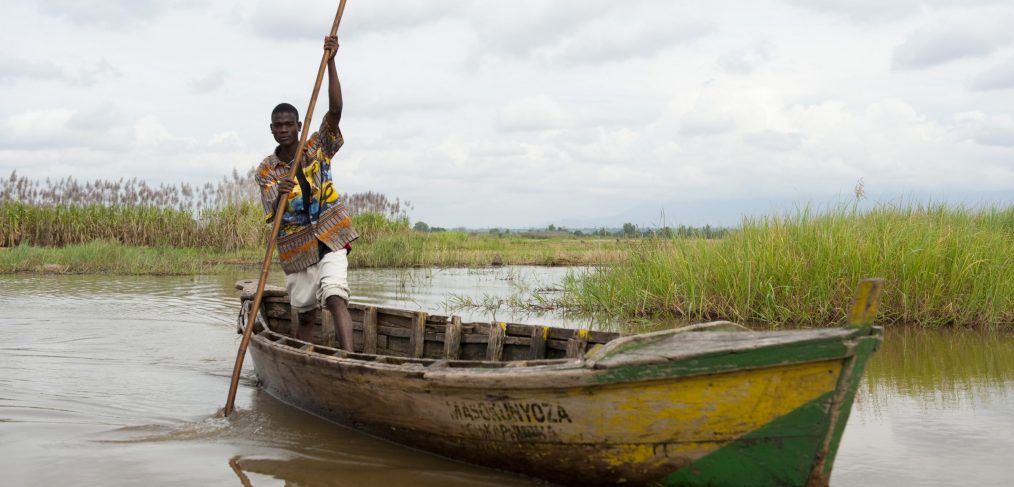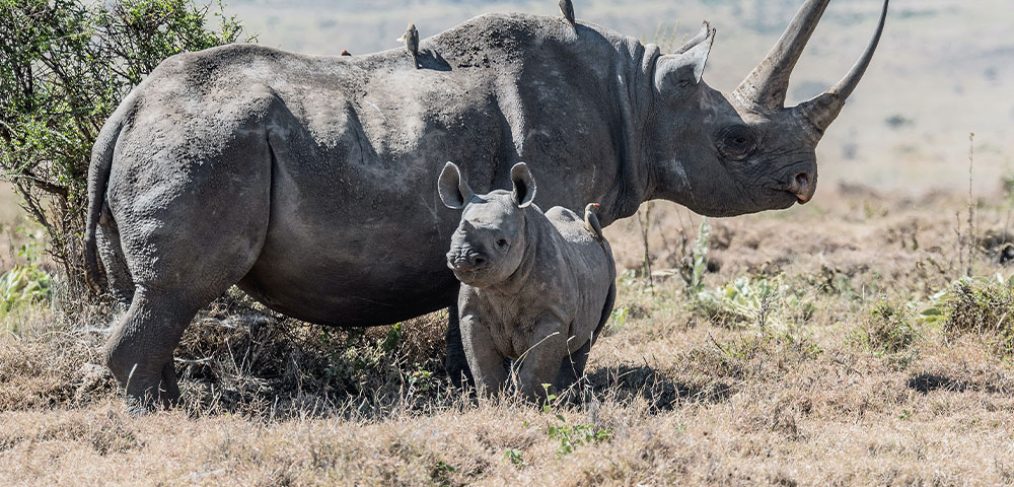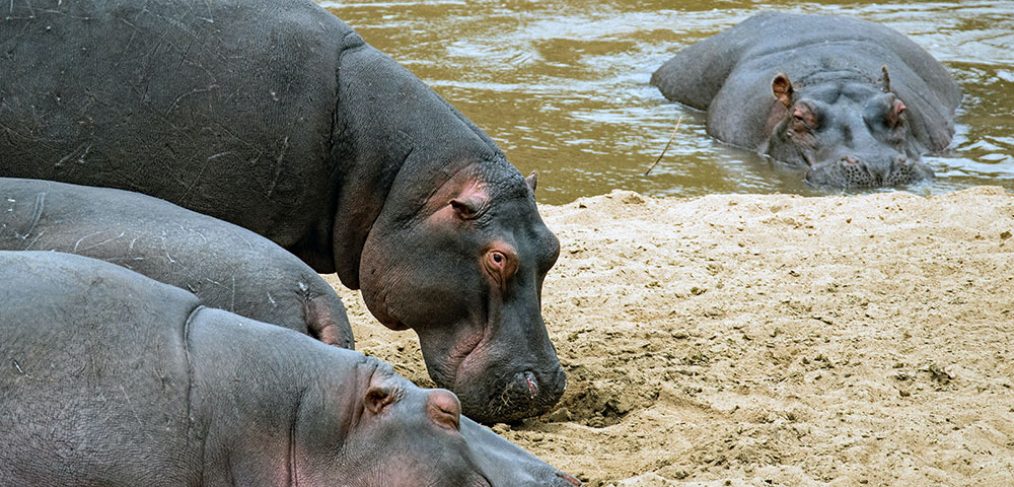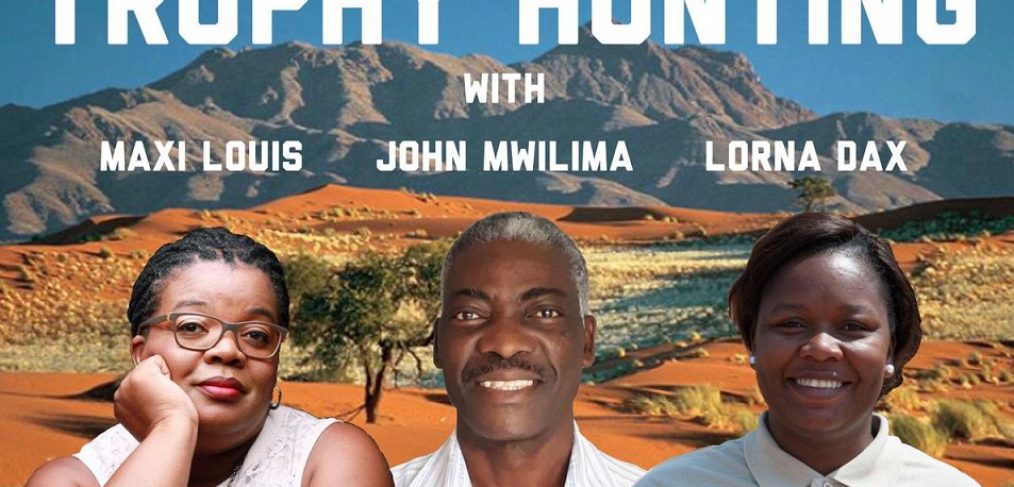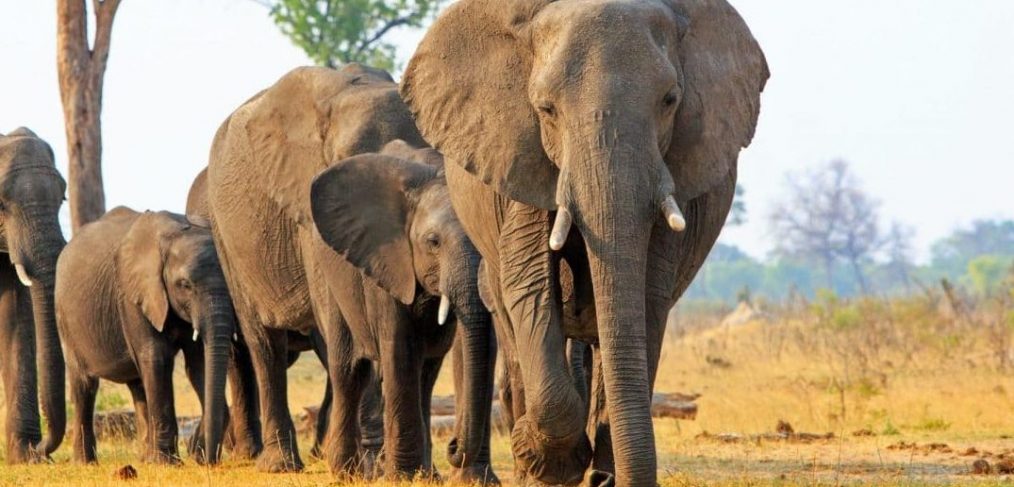Luengue-Luiana National Park in Angola is part of the Kavango-Zambezi Trans-frontier Conservation Area (KAZA TFCA) that covers parts of five African countries (Angola, Botswana, Namibia, Zambia and Zimbabwe). This Park covers 22,610 km², and is patrolled by government rangers and 27 community game guards trained by ACADIR-Angola. This national park is not exclusively for animals, however, as 49,300 people currently live within its boundaries. In line with the other KAZA TFCA countries, Angola wants to develop a wildlife economy that will support people and wildlife living in this landscape.
Community Wildlife Management Areas (WMAs) in Tanzania are lands designated for wildlife conservation and managed by rural communities. Every five years, the villages associated with particular WMAs elect leaders to run their Community-Based Organisation (CBO) that is recognised by government as an Authorised Association mandated to manage their WMAs. Well-managed WMAs should achieve the twin goals of wildlife conservation and generating socio-economic benefits for community members.
This article was published in Africa Geographic on October 27, 2022 and authored by Gail Thomson. We publish the article in full here:
In an article published in the Zimbabwe newspaper, The Chronicle, Emmanuel Koro examines the how Mozambique’s return to international hunting after the 1977-1992 civil war has become an international hunting model with a promising future.
When COVID19 spread across the globe in 2020, disrupting international and regional tourism, it was the small-scale participants benefitting from tourism activities who were most critically affected.
This episode of Into The Wild podcast features three Namibians, among them Namibian Association of CBNRM Support Organisations (NACSO) director Maxi Louis whose organisation supports communities
This article by Masego Madzwamuse and Liz Rihoy, was published 01 March 2019 in mmegi – an online and weekly print English language newspaper in Botswana. It is part of a number of opinion pieces on the Elephant Debate.
For decades Botswana has maintained an enviable international reputation as an ‘African miracle’ due in large part to its robust democracy, sound governance systems and representative and accountable

